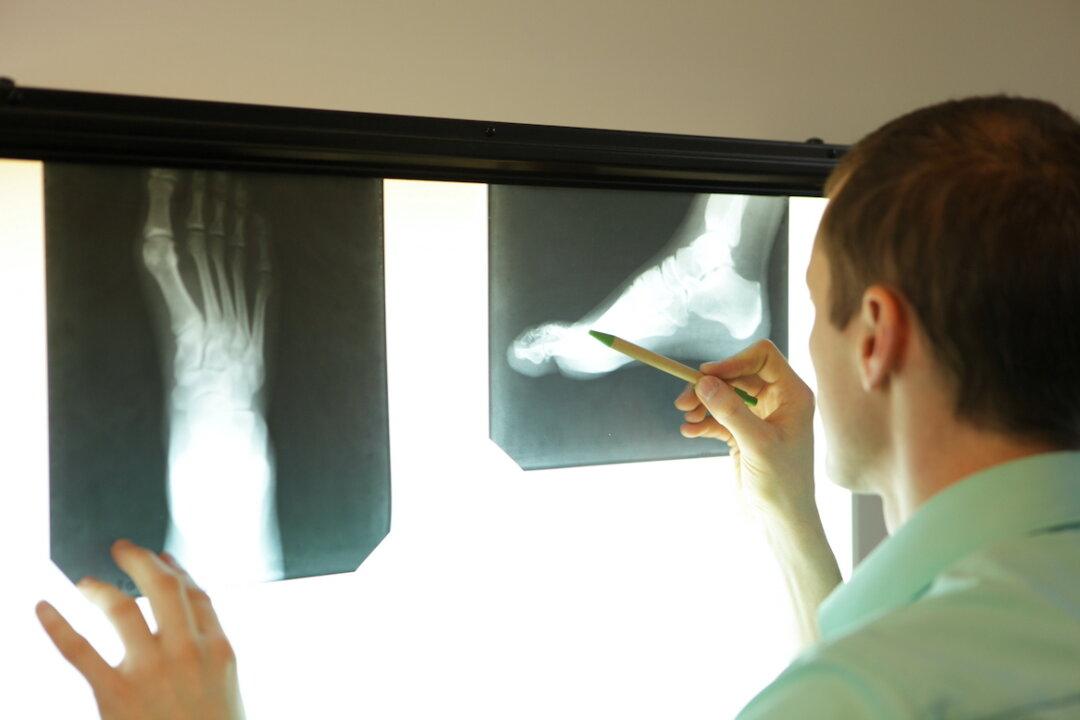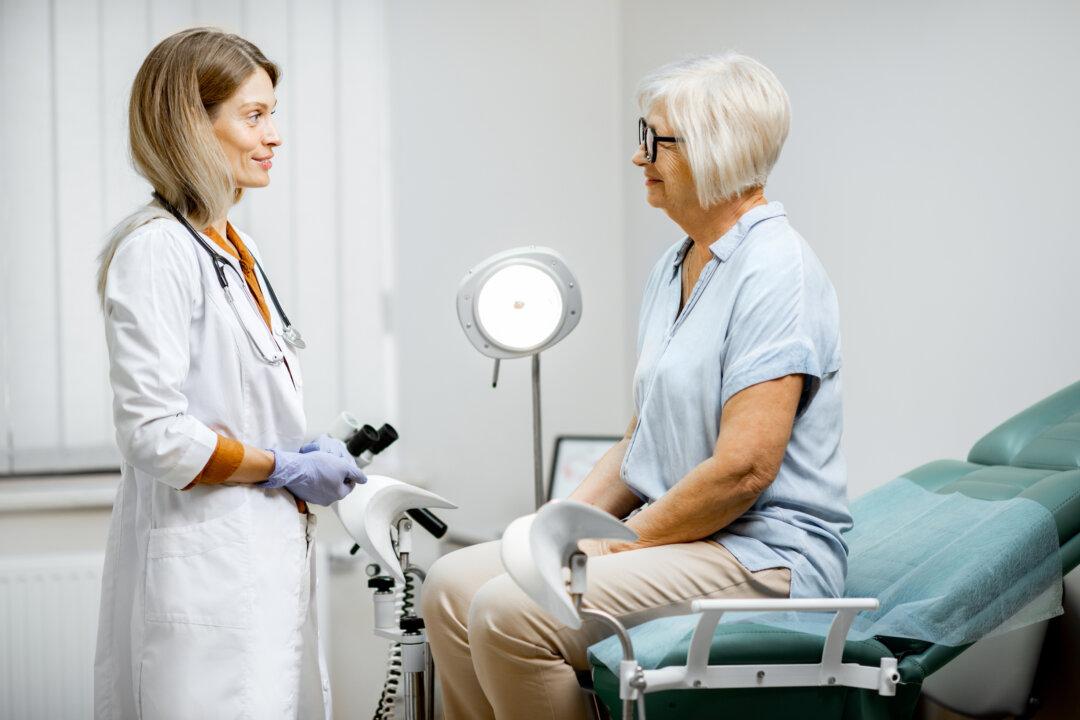Wilhelm Conrad Röntgen discovered the X-ray in Germany in 1895 as he experimented with cathode rays. He used a cathode tube and covered it with a heavy black cloth. Röntgen was astonished to find an incandescent green light projected onto a nearby fluorescent screen.
He called this discovery “X” rays, due to the fact that he had no real idea what these rays were. They were an unknown phenomenon. Intent on his new discovery, he continued to experiment and eventually took a photograph of his wife’s hand, revealing her bones. Röntgen won the Nobel Prize in 1901.






